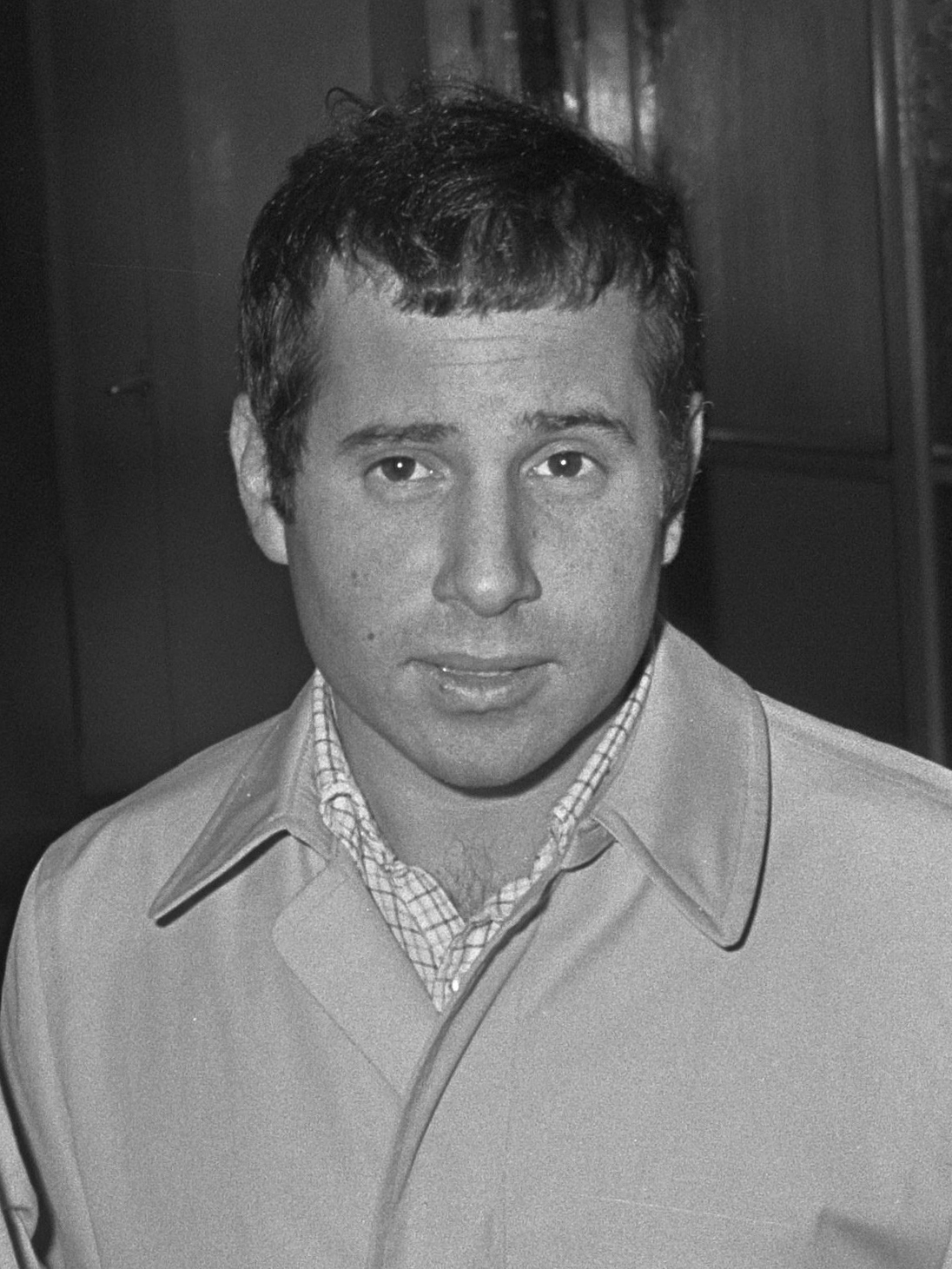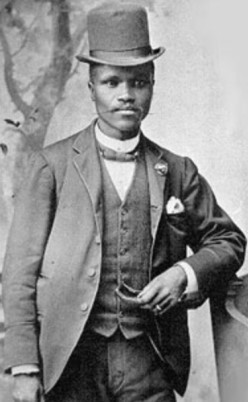|
Graceland (album)
''Graceland'' is the seventh solo studio album by the American singer-songwriter Paul Simon. It was produced by Simon, engineered by Roy Halee and released on August 25, 1986, by Warner Bros. Records. It incorporates genres including pop music, pop, rock music, rock, ''a cappella'', zydeco, and Music of South Africa, South African styles such as ''isicathamiya'' and ''mbaqanga''. In the early 1980s, Simon's relationship with his former musical partner Art Garfunkel had deteriorated, his marriage to the actress Carrie Fisher had collapsed, and his previous record, ''Hearts and Bones'' (1983), had been a commercial failure. In 1984, after a period of depression, Simon became fascinated by a bootleg cassette of ''mbaqanga'', South African street music. He and Halee spent two weeks in Johannesburg recording with South African musicians. Further recordings were held in the US with American musicians including Linda Ronstadt, the the Everly Brothers, Everly Brothers, Rockin' Dopsie, Roc ... [...More Info...] [...Related Items...] OR: [Wikipedia] [Google] [Baidu] |
Paul Simon
Paul Frederic Simon (born October 13, 1941) is an American singer-songwriter known for his solo work and his collaborations with Art Garfunkel. He and Garfunkel, whom he met in elementary school in 1953, came to prominence in the 1960s as Simon & Garfunkel. Their blend of folk and rock, including hits such as "The Sound of Silence" (1965), "Mrs. Robinson" (1968), "America (Simon & Garfunkel song), America" (1968), and "The Boxer" (1969), served as a soundtrack to the Counterculture of the 1960s, 1960s counterculture. Their final album, ''Bridge over Troubled Water'' (1970), is among List of best-selling albums, the best-selling of all time. As a solo artist, Simon has explored genres including gospel music, gospel, reggae, and soul music, soul. His albums ''Paul Simon (album), Paul Simon'' (1972), ''There Goes Rhymin' Simon'' (1973), and ''Still Crazy After All These Years'' (1975) kept him in the public eye and drew acclaim, producing the hits "Mother and Child Reunion" (1972 ... [...More Info...] [...Related Items...] OR: [Wikipedia] [Google] [Baidu] |
You Can Call Me Al
"You Can Call Me Al" is a song by American singer-songwriter Paul Simon. It was the lead single from his seventh studio album, '' Graceland'' (1986), released on Warner Bros. Records. Written by Simon, its lyrics follow an individual seemingly experiencing a midlife crisis. Its lyrics were partially inspired by Simon's trip to South Africa and experience with its culture. Released in July 1986, "You Can Call Me Al" became one of Simon's biggest solo hits, reaching the top five in seven countries. Background and composition The names in the song came from an incident at a party that Simon went to with his then-wife Peggy Harper. French composer and conductor Pierre Boulez, who was attending the same party, mistakenly referred to Paul as "Al" and to Peggy as "Betty", inspiring Simon to write a song. Jon Pareles noted that the lyrics can be interpreted as describing a man experiencing a midlife crisis ("Where's my wife and family? What if I die here? Who'll be my role model?"). Howe ... [...More Info...] [...Related Items...] OR: [Wikipedia] [Google] [Baidu] |
Art Garfunkel
Arthur Ira Garfunkel (born November 5, 1941) is an American singer, actor and poet who is best known for his partnership with Paul Simon in the folk rock duo Simon & Garfunkel. Born in Forest Hills, Queens, New York, Garfunkel became acquainted with Simon through an elementary school play, a production of ''Alice in Wonderland''. Their combined presence in music began in the 1950s, and throughout the 1960s the duo of Simon & Garfunkel achieved great chart success with tracks such as "The Sound of Silence", "Mrs. Robinson" (written for the 1967 film ''The Graduate''), "Scarborough Fair (ballad)#Simon & Garfunkel version, Scarborough Fair", "The Boxer" and "Bridge over Troubled Water (song), Bridge over Troubled Water". The last song's title also served as the name of Simon & Garfunkel's Bridge over Troubled Water, final album in 1970. Simon & Garfunkel split for personal reasons, but the pair has occasionally reunited in the years since. Both men experienced success in solo caree ... [...More Info...] [...Related Items...] OR: [Wikipedia] [Google] [Baidu] |
Mbaqanga
Mbaqanga () is a style of South African music that emerged in the early 1960s in the urban townships, particularly around Johannesburg. It draws from a variety of ethnic traditions, including Zulu, Xhosa, Sotho, Pedi, and Tsonga musical elements. Mbaqanga blends traditional South African vocal harmonies, rhythmic patterns, and dance styles with influences from marabi, kwela, and Western popular music such as jazz. It continues to influence musicians both in South Africa and globally. History In Zulu, the term ''mbaqanga'' means an everyday cornmeal porridge. ''Mbaqanga'' aficionados were mostly plebeian, metropolitan African jazz enthusiasts. Many of them were not permitted to establish themselves in the city, but they were unable to sustain themselves in the rural country. ''Mbaqanga'' gave them a staple form of musical and spiritual sustenance; it was their "musical daily bread."Coplan, David B. "Sounds of the 'Third Way:' Identity and the African Renaissance in Contemporar ... [...More Info...] [...Related Items...] OR: [Wikipedia] [Google] [Baidu] |
Isicathamiya
Isicathamiya (, where the ''c'' represents a tenuis dental click) is a singing style that originated from the Zulu people, a South African ethnic group. In European understanding, a cappella is also used to describe this form of singing. The word itself does not have a literal translation; it is derived from the Zulu verb , which means 'walking softly', or 'tread carefully'. Isicathamiya contrasts with an earlier name for Zulu a cappella singing, mbube, meaning 'lion'. The change in name marks a transition in the style of the music: traditionally, music described as mbube is sung loudly and powerfully, while isicathamiya focuses more on achieving a harmonious blend between the voices. The name also refers to the style's tightly choreographed dance moves that keep the singers on their toes. South African singing groups such as Ladysmith Black Mambazo demonstrate this style. Isicathamiya choirs are traditionally all male. Its roots reach back before the turn of the 20th century, ... [...More Info...] [...Related Items...] OR: [Wikipedia] [Google] [Baidu] |
Music Of South Africa
The music of South Africa exhibits a culturally varied musical heritage in conjunction with the multi-ethnic populace. Genres with the greatest international recognition being mbube, isicathamiya, mbaqanga, afrofusion, kwaito, South African pop music, afro house, South African hip hop, Shangaan electro, bacardi house, bolo house, gqom and amapiano. The country's most internationally recognised and prominent musicians include Solomon Linda, Miriam Makeba, Hugh Masekela, Stimela, Ladysmith Black Mambazo, Ray Phiri, Abdullah Ibrahim, Wouter Kellerman, Brenda Fassie, Seether, Die Antwoord, Jeremy Loops, Yvonne Chaka Chaka, Lucky Dube, Lebo M, Goldfish, Freshlyground, Black Coffee, Anatii, Zakes Bantwini, Master KG, Nomcebo Zikode, Nasty C, and Tyla. Pre-20th-century history Early records of music in South Africa as well as Southern Africa indicate a fusion of cultural traditions: African, European and Asian. Modern country's early musician Enoch Sont ... [...More Info...] [...Related Items...] OR: [Wikipedia] [Google] [Baidu] |
Zydeco
Zydeco ( ; ) is a music genre that was created in rural Southwest Louisiana by French speaking, Afro-Americans of Creole heritage. It blends African and Caribbean rhythms, blues and rhythm and blues with music indigenous to the Louisiana Creoles, such as la la and juré. The main instruments are accordion and a zydeco rubboard, washboard, scrubboard or vest frottoir. Characteristics Zydeco music is typically played in an uptempo, syncopated manner with a strong rhythmic core, and often incorporates elements of blues, rock and roll, soul music, R&B, and early Creole music. Zydeco music is centered on the accordion, which leads the rest of the band, and a specialized washboard, called a vest frottoir, as a prominent percussive instrument. Other common instruments in zydeco are the electric guitar, bass, keyboard, and drum set. If there are accompanying lyrics, they are typically sung in English or French. Many zydeco performers create original zydeco compositions, t ... [...More Info...] [...Related Items...] OR: [Wikipedia] [Google] [Baidu] |
A Cappella
Music performed a cappella ( , , ; ), less commonly spelled acapella in English, is music performed by a singer or a singing group without instrumental accompaniment. The term ''a cappella'' was originally intended to differentiate between Renaissance music, Renaissance polyphony and Baroque (music), Baroque concertato musical styles. In the 19th century, a renewed interest in Renaissance polyphony, coupled with an ignorance of the fact that vocal parts were often doubled by instrumentalists, led to the term coming to mean unaccompanied vocal music. The term is also used, rarely, as a synonym for ''alla breve''. Early history Research suggests that singing and vocables may have been what early humans used to communicate before the invention of language. The earliest piece of sheet music is thought to have originated from times as early as 2000 BC, while the earliest that has survived in its entirety is from the first century AD: a piece from Greece called the Seikilos epi ... [...More Info...] [...Related Items...] OR: [Wikipedia] [Google] [Baidu] |
Rock Music
Rock is a Music genre, genre of popular music that originated in the United States as "rock and roll" in the late 1940s and early 1950s, developing into a range of styles from the mid-1960s, primarily in the United States and the United Kingdom. It has its roots in rock and roll, a style that drew from the black musical genres of blues and rhythm and blues, as well as from country music. Rock also drew strongly from genres such as electric blues and folk music, folk, and incorporated influences from jazz and other styles. Rock is typically centered on the electric guitar, usually as part of a rock group with electric bass guitar, drum kit, drums, and one or more singers. Usually, rock is song-based music with a Time signature, time signature and using a verse–chorus form; however, the genre has become extremely diverse. Like pop music, lyrics often stress romantic love but also address a wide variety of other themes that are frequently social or political. Rock was the most p ... [...More Info...] [...Related Items...] OR: [Wikipedia] [Google] [Baidu] |
Pop Music
Pop music is a genre of popular music that originated in its modern form during the mid-1950s in the United States and the United Kingdom.S. Frith, W. Straw, and J. Street, eds, ''iarchive:cambridgecompani00frit, The Cambridge Companion to Pop and Rock'' (Cambridge: Cambridge University Press), , pp. 95–105. During the 1950s and 1960s, pop music encompassed rock and roll and the youth-oriented styles it influenced. ''Rock music, Rock'' and ''pop'' music remained roughly synonymous until the late 1960s, after which ''pop'' became associated with music that was more commercial, wikt:ephemeral, ephemeral, and accessible. Identifying factors of pop music usually include repeated choruses and Hook (music), hooks, short to medium-length songs written in a basic format (often the verse–chorus form, verse–chorus structure), and rhythms or tempos that can be easily danced to. Much of pop music also borrows elements from other styles such as rock, hip hop, urban contemporary, ... [...More Info...] [...Related Items...] OR: [Wikipedia] [Google] [Baidu] |
Roy Halee
Roy Decker Halee (born 1934) is an American record producer and engineer, best known for working with Simon & Garfunkel, both as a group and for their solo projects. Early life Halee grew up on Long Island, New York. His father, also named Roy Halee, provided the singing voice for Mighty Mouse in the late 1940s Terrytoons cartoons, as well as the voices of Heckle and Jeckle from 1951 through 1961. His mother, Rebekah Cauble, was a former stage actress with several Broadway credits. Career Halee, who had been studying to be a classical trumpet player, began working as a cameraman for CBS Television in the late 1950s, eventually becoming an audio engineer for Goodson-Todman game shows and the top-rated '' The $64,000 Question''. As television shows moved to the West Coast, he lost his job in a union dispute and layoff at CBS Television. He went to work at Columbia Records Studio A, first as an editor then later a studio engineer, where his first recording session was fo ... [...More Info...] [...Related Items...] OR: [Wikipedia] [Google] [Baidu] |
Under African Skies
"Under African Skies" is a song by the American singer-songwriter Paul Simon. It was the fifth and final single from his seventh studio album, ''Graceland'' (1986), released on Warner Bros. Records. The song features guest vocals from singer Linda Ronstadt. Background "Under African Skies" originated in later recording sessions for ''Graceland''. Simon flew over several South African musicians to New York to complete the record three months after the original sessions in Johannesburg, paying them triple union rates in order to lure them to record, as many did not know who he was. He also offered writer's royalties to those who he felt had contributed particularly to the song's compositions. These sessions also resulted in the lead single, "You Can Call Me Al". ''Cash Box'' said that "Ronstadt provides angelic harmonies to Simon's inimitable vocal stylings." Personnel *Paul Simon—lead vocals, guitar *Linda Ronstadt—additional vocals *Ray Phiri, Adrian Belew—guitar * Bakithi ... [...More Info...] [...Related Items...] OR: [Wikipedia] [Google] [Baidu] |







